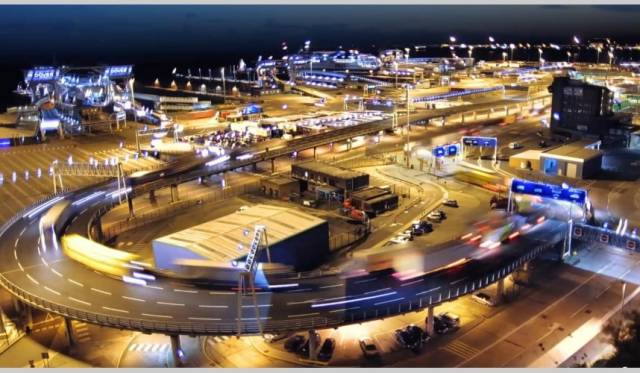#DoverRecord – Record freight for Belfast Harbour user Stena Line on routes to Scotland and England for the year 2016 has also been achieved by other ferry operators based in the Port of Dover, writes Jehan Ashmore.
Dover, Europe’s busiest ferry port (served by operators, P&O and DFDS), experienced another healthy year in traffic volumes. The port is served by a total of 11 ferries on two short-sea routes linking to France at Calais and Dunkerque, which combined handled 2.6 million freight vehicles in 2016. Freight volumes in just the last four years have increased by 32%.
Commenting on the Port of Dover figures, Tim Waggott, Chief Executive of the Port said, "As we continue to handle more UK trade, the Port welcomes the prime minister's statement on the Government’s headline negotiating position for Brexit. Greater certainty of the broad parameters is a positive step forward"
He added: "Any changes brought forward to the country's trading relationship need to be mindful of the UK's absolute need to maintain the rapid transit of goods and passengers through Dover and our sister ports on the European mainland.
"The Port and the CBI remain clear that a barrier-free relationship with the EU - our largest, closest and most important trading partner - must be a critical outcome of the negotiations to ensure we make a success of Brexit."
On the vitally important trading shipping lanes of the Strait of Dover, was this morning the asphalt/bitumen tanker Iver Ability. As previously reported on Afloat, the long-stay Dublin Bay anchorage caller since last summer had on Saturday finally departed.
The tanker experienced a ‘reaction’ during transport of bitumen in Dublin Port in August and is currently heading further into the North Sea. The 2006 built vessel is bound for the Dutch port of Delfzijl.































































